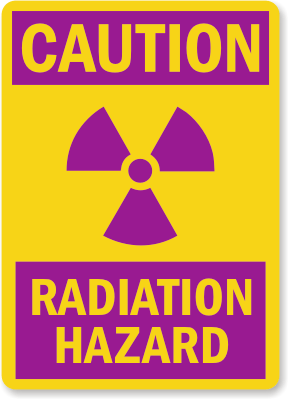Our 26 year old York air conditioner failed on Saturday. We had it recharged 2 months ago but it did not hold. It was worth a try because it had never been tapped before. Now we have to get a new one. I spent an hour today taking 2 east facing windows out of service to help cut down on the heat load. They don’t really talk about that here.
So here are the standard tips on cooling your house without AC. I will be doing this for the rest of the week.
http://green.yahoo.com/blog/care2/422/10-ways-to-keep-cool-at-home-without-a-c.html
10 ways to keep cool at home without A/C
Posted Tue Jun 21, 2011 12:18pm PDT
Save energy this summer. It’s easy to keep your house cool without air conditioning. Employing a few basic environmentally friendly principals will help keep you cool and will help you save money.
1. Hot Air Out, Cool Air In
The most basic thing you can do to keep your house cooler without air conditioning is to keep as much sunlight out as possible and let cooler air in at night. During the day, keep windows, drapes, blinds or shades closed, especially on the southern and western sides of your home. If you have a porch, you can put up large plastic or bamboo shades to cut down on sunlight.
2. Windows
Use white or light colored window dressings to reflect light. You can also apply reflective slicks to windows to further cut down on light. At night, leave cabinets open as well, as they will store heat.
3. Be a Fan of the Fan
Moving air is cooler air. At night, place fans in windows to bring more cool air in. Ceiling fans can also make a big difference. In terms of cooling, even a one-mile-per-hour breeze will make you feel three to four degrees cooler. In terms of energy savings, if you run a ceiling fan full-blast for 12 hours, you will only spend about $10 a month in electricity. Ceiling fans have two settings, one to pull air up (for winter use), and the other to push air down. Make sure your ceiling fan is blowing down.
4. Turn Your Fan Into an Air Conditioner
Another easy way to cool your home without air conditioning is to place a bowl of ice or a frozen milk jug in front of one or more fans.
5. What’s Hot in Your Home?
It’s one thing to keep hot air and sunlight out; it’s another to identify the appliances in your home that generate heat. If you aren’t at home during the day, it is easier to simply shut off as many electric appliances as possible. If you spend more of your day at home, try to use heat-generating appliances only during the coolest part of the day.
Keeping your electronics on a power strip provides a quick way to “power-down” before leaving for the day.
7. Light Bulbs
:}
Please. If you are still using incandescent lightbulbs you are insane. That means at least 80 member of the House Of Representatives. But then you knew that. Please go to the site and read the rest. Has some interesting links as well.
:}
More tomorrow.
:}


 You may have noticed that, as of today, electric vehicles account for a TINY percentage of all the cars, motorbikes, scooters and bicycles on sale.
You may have noticed that, as of today, electric vehicles account for a TINY percentage of all the cars, motorbikes, scooters and bicycles on sale.
 You see, my parents have insured me on their little Peugeot 207 diesel – and while that’s great – I have some ideas of my own for the future when it comes to car ownership.
You see, my parents have insured me on their little Peugeot 207 diesel – and while that’s great – I have some ideas of my own for the future when it comes to car ownership.
 So, is it possible to find a lively, good-looking, fuel-miserly set of electric wheels at this moment in time? If not, when? One year from now? Two years? By the time of my pension?
So, is it possible to find a lively, good-looking, fuel-miserly set of electric wheels at this moment in time? If not, when? One year from now? Two years? By the time of my pension?







